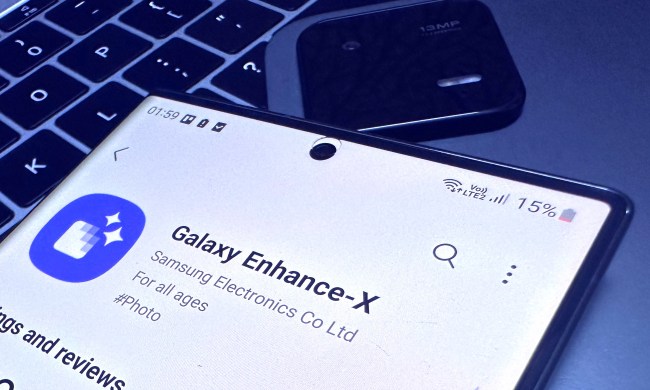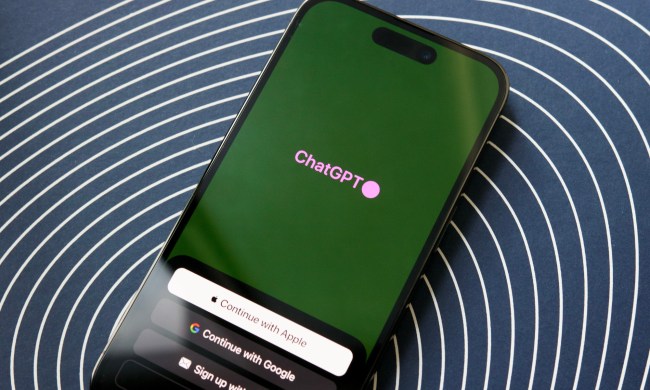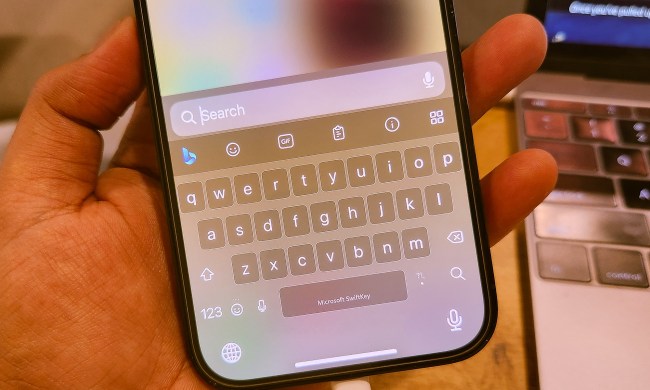The Microsoft Seeing A.I. app was first announced in 2017 and was an instant hit for many vision-impaired users. The app essentially uses artificial intelligence to describe what’s in a photo, allowing blind and low vision users to get an idea of what an image looks like. Now, the app is getting even better, thanks to an update to the iOS version released by Microsoft.
Perhaps the most interesting new feature allows users to “explore photos by touch,” according to Microsoft. Specifically, users can now touch on a photo with their fingers to hear a description of a particular object within an image — making image descriptions a whole lot more detailed. With the feature, users can explore photos stored on the phone, photos on social media, and more.
A similar feature was already available in the app through the live camera view, allowing users to get descriptions of objects actually in front of them instead of just in an image.
There are other new features coming to the app, too. For example, the app now offers native iPad support, which could help produce an even better Seeing A.I. experience thanks to the larger display. Last but not least, the app offers improvements to the channels feature — for example, users can customize the order that channels are shown, which makes it easier to quickly access certain features.
This is the first time, the Seeing A.I. app has received a major update in a while. After launching in 2017, it received a major update a few months later, which added color recognition, identification of bank notes in four different currencies, light detection, and handwriting recognition. While the new update perhaps isn’t as major as that one was, it should still make Seeing A.I. a whole lot more useful for users.
Seeing A.I. is currently only available on iOS, though hopefully, it will eventually make it to Android. After all, the Android operating system is the most popular mobile operating system in the world, and Seeing A.I. would bring Microsoft’s arguably revolutionary tech to a whole lot more people who could make use of it.



